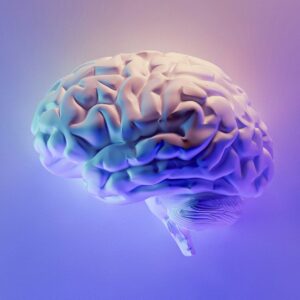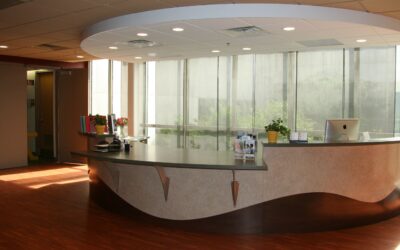PANS (Pediatric Acute-onset Neuropsychiatric Symptoms) is the sudden onset of neurological symptoms in children. Symptoms can include: tics or jerky movements; anxiety, depression, or mood swings; hyperactivity; sudden trouble with handwriting or other fine motor skills; new trouble with memory; reading or math; new bed wetting; new fears about food, eating, or choking and/or new increased sensory sensitivity.
 The most common cause and narrower classification of PANS is called PANDAS, or Pediatric Autoimmune Neuropsychiatric Disorder Associated with Streptococcal Infection. In PANDAS, the immune system becomes confused, mistaking a Group A Streptococcal infection it had been combating for the body’s own brain tissue. It targets the basal ganglia, a specific cluster of cells in the brain. This results in autoimmunity to the basal ganglia causing the wide range of aforementioned symptoms. The broader condition, PANS, can occur through a similar cross-reactivity process with other infections like mononucleosis, mycoplasma, the flu, and even COVID-19. PANS (Pediatric Acute-onset Neuropsychiatric Symptom) is thought to affect 1/200 children, however there is not a high-quality study to affirm how prevalent this syndrome really is. Also, this number may be rising with long hauler COVID-19 syndromes. Dr. Susan Swedo, an NIH pediatrician who first classified and described PANDAS, estimates that PANDAS accounts for up to 25% of kids diagnosed with OCD and tic disorders.
The most common cause and narrower classification of PANS is called PANDAS, or Pediatric Autoimmune Neuropsychiatric Disorder Associated with Streptococcal Infection. In PANDAS, the immune system becomes confused, mistaking a Group A Streptococcal infection it had been combating for the body’s own brain tissue. It targets the basal ganglia, a specific cluster of cells in the brain. This results in autoimmunity to the basal ganglia causing the wide range of aforementioned symptoms. The broader condition, PANS, can occur through a similar cross-reactivity process with other infections like mononucleosis, mycoplasma, the flu, and even COVID-19. PANS (Pediatric Acute-onset Neuropsychiatric Symptom) is thought to affect 1/200 children, however there is not a high-quality study to affirm how prevalent this syndrome really is. Also, this number may be rising with long hauler COVID-19 syndromes. Dr. Susan Swedo, an NIH pediatrician who first classified and described PANDAS, estimates that PANDAS accounts for up to 25% of kids diagnosed with OCD and tic disorders.
To understand why PANS/PANDAS symptoms can vary so greatly, we need to dive a little bit into the neuroanatomy of the basal ganglia and its two main pathways. To put it simply, the direct pathway of the basal ganglia initiates movement and thoughts, while the indirect pathway inhibits them. Therefore, if the inflammation or autoimmune response of PANS/PANDAS is in the direct pathway, we can see things like flexed posture, extreme slowness of movement, rigidity, and a flat affect. However, if the inflammation or autoimmune response is just a microscopic distance away in the basal ganglia, the symptoms can be entirely opposite. When the indirect pathway is affected, symptoms such as vocal and motor tics, restlessness, and various types of outbursts may occur. Merge this broad clinical spectrum with a lack of awareness of this disorder among healthcare professionals, and you get many children grappling with an elusive root cause of their neuropsychiatric illness.
Standard of medical care for PANS/PANDAS involves antibiotics to remove the precipitating infection, psychiatric medication for the neuropsychiatric symptoms and immune-modulating therapies to dampen the autoimmune response to the brain. A functional approach to managing a patient with PANS/PANDAS would involve helping a child/their parents avoid triggers to their autoimmunity and improve the inflammatory status of the brain using antioxidants. Initially, this would involve collaborating with a prescribing doctor to ensure the child receives appropriate antibiotics to eliminate the underlying infection. Then, once their condition is controlled, functional neurological exercises may be a great option for these patients. Depending on where in the brain/basal ganglia the autoimmune response and damage occurred, the child can perform exercises to try and build plasticity in areas of the brain that may have lost connection due to this condition. In essence, PANS/PANDAS is a complex, chronic condition that requires a multi-disciplinary care team incorporating a holistic approach.
I wanted to write this blog post to grow awareness to this overlooked condition. If you want to learn more about conditions like PANS/PANDAS and brain rehabilitation, come to Functional Neurology Club on Fridays at Noon in D-139 in Janse Hall!
Follow Matt’s journey to becoming a Doctor of Chiropractic here!




0 Comments